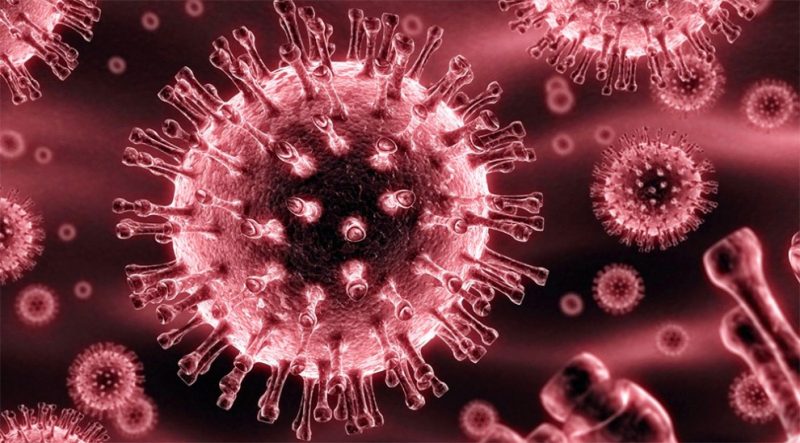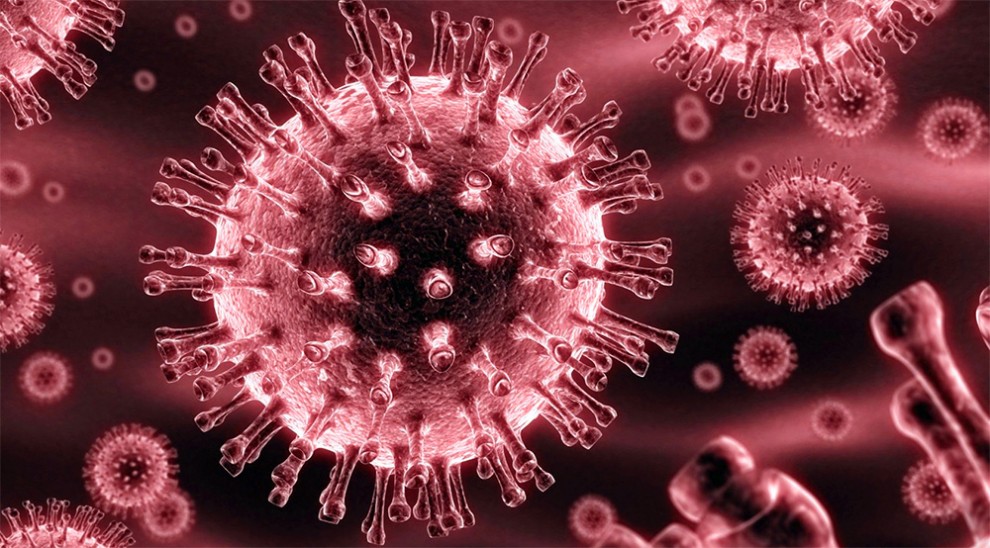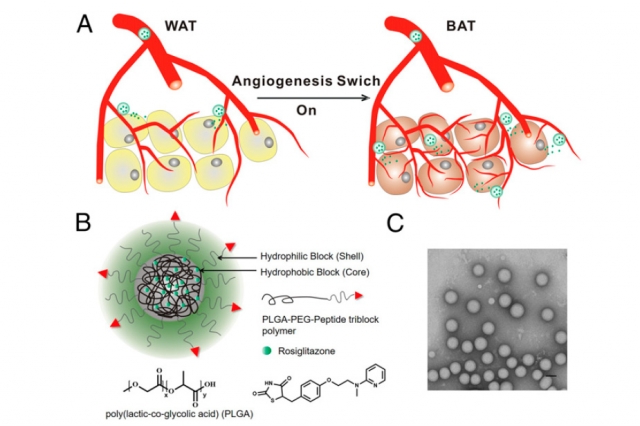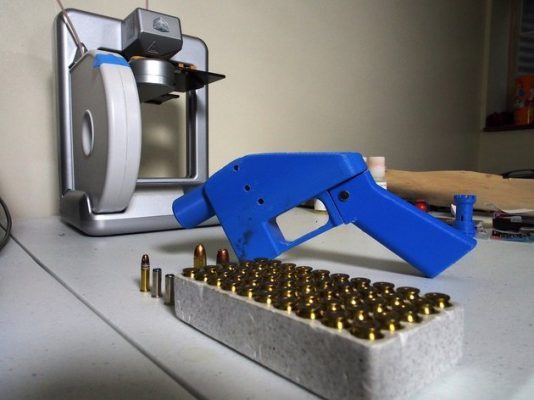Fat-Fighting Nanoparticles May Hold Key to Treating Obesity


Researchers at MIT and Brigham and Women’s Hospital have created nano-particles that have the ability to carry anti-obesity drugs directly into fatty tissue. When overweight mice were given this new nano-particle treatment they lost 10 percent of their overall bodyweight in just under a month without any adverse side effects.
The drugs work by reconstructing adipose tissue from its white form to brown. This tissue contains cells that store fat. The remedy also causes new blood vessels to grow within fat tissues, helping improve nano-particle targeting accuracy and promote adipose tissue changes. Although the FDA has not yet approved these drugs in the use of obesity treatment, there is promise of change since the research team discovered a new way to deliver the remedy, getting rid of the risk of side effects throughout the body.
Currently over one third of the American population is obese. Obesity has become the leading cause of cancer death throughout the United States. Robert Langer, Professor at the David H Koch Institute and member of the Koch Institute for Integrative Cancer Research at MIT says the greatest advantage in this new treatment is that you are able to receive medications where you need them and avoid systemic effects on the body. This is a huge finding when about 20% of the 600,000 cancer deaths last year were attributed to obesity. That’s more than the number of deaths caused by smoking.

Image Credit: Courtesy of the researchers
Langer and his colleague Omid Farokhzad, director of the Laboratory of Nanomedicine and Biomaterials at Brigham and Women’s Hospital led the recent study which was published in the Proceedings of the National Academy of Sciences journal on May 2nd, 2016. Their previous research shows that nudging new blood vessels to grow helps adipose tissue change and caused mice to lose weight. However, previous drugs studied that promoted this process, known as angiogenesis, are not safe for the body. The team used nano-particle delivery systems that are currently in place for treating cancer to send medications. When particles are sent to a specific location, a strong dose can be administered without unnecessary harm to surrounding areas.
Particles were designed by researchers in such a way that they stored the treatment drugs rosiglitazone and prostaglandin inside their hydrophobic cores attached to a PLGA polymer. These drugs work by activating a cellular receptor called PPAR that directs angiogenesis and the adipose transformation. The nano-particles’ exterior shells are made up of PEG polymer and targeting molecules that help the particles pinpoint the location meant to be treated. The molecules then bind themselves to proteins inside the lining of blood vessels around the adipose tissue.
Mice tested with this treatment not only lost body weight, while also showing a decrease in cholesterol and trigylcerides levels and becoming more susceptible to insulin, but displayed a decrease in their risk of experiencing diabetes later on. The only concern being that this new regimen as of yet is only offered intravenously. This is great for morbidly obese patients but for it to be used on a wide scale, the team needs to come up with an easier way to receive the treatment. According to Farokhzad, oral treatment is not yet possible because the drugs must be able to penetrate the intestinal lining. With the help of Langer, the pair has developed a handful of variations of the drug to try to find a more cost effective and simple form of treatment but they are still falling short. Their hope is to soon find a way to work with other drug molecules in order to further simplify the whole process.









